By Film Noir Blonde and Mike Wilmington
The Noir File is FNB’s guide to classic film noir, neo-noir and pre-noir from the schedule of Turner Classic Movies (TCM), which broadcasts them uncut and uninterrupted. The times are Eastern Standard and (Pacific Standard).
Pick of the Week
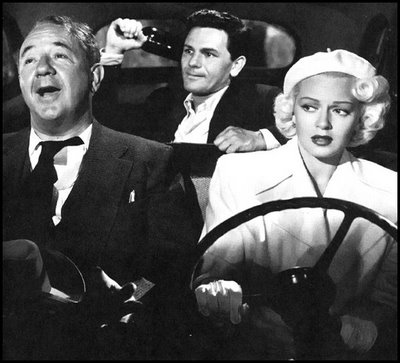
Cecil Kellaway, John Garfield and Lana Turner play the members of the love triangle in “The Postman Always Rings Twice.”
“The Postman Always Rings Twice” (1946, Tay Garnett). Monday, Jan. 6. 1 p.m. (10 a.m.). With Lana Turner, John Garfield and Hume Cronyn. Read the full review here.
Monday, Jan. 6
9 a.m. (6 a.m.): “To Have and Have Not” (1944, Howard Hawks). With Humphrey Bogart, Lauren Bacall, Walter Brennan and Marcel Dalio. Reviewed in FNB on July 21, 2012.
1 p.m. (10 a.m.): “The Postman Always Rings Twice” (1946, Tay Garnett). See “Pick of the Week.”
3 p.m. (12 p.m.): “The Locket” (1946, John Brahm). With Laraine Day, Robert Mitchum and Brian Aherne. Reviewed in FNB, on May 1, 2013.
4:30 p.m. (1:30 p.m.): “The Reckless Moment” (1949, Max Ophuls). With James Mason, Joan Bennett and Geraldine Brooks. Reviewed in FNB on July 12, 2012.
6 p.m. (3 p.m.): “Lady in the Lake” (1946, Robert Montgomery). With Montgomery, Audrey Totter and Lloyd Nolan. Reviewed in FNB on Dec. 3, 2012.
9:30 p.m. (6:30 p.m.): “The Third Man” (1949, Carol Reed). With Joseph Cotten, Orson Welles, Alida Valli and Trevor Howard. Reviewed in FNB on Oct. 13, 2012.
5 a.m. (2 a.m.): “The Band Wagon” (1953, Vincente Minnelli). With Fred Astaire, Cyd Charisse, Jack Buchanan and Oscar Levant. Reviewed in FNB on Aug. 8, 2012.
12:15 p.m. (9:15 a.m.): “His Girl Friday” (1940, Howard Hawks). With Cary Grant, Rosalind Russell and Ralph Bellamy. Reviewed in FNB on Jan. 22, 2013.
4 p.m. (1 p.m.): “Gilda” (1946, Charles Vidor). With Rita Hayworth, Glenn Ford and George Macready. Reviewed in FNB on Sept. 19, 2012.
8 p.m. (5 p.m.): “On the Waterfront” (1954, Elia Kazan). With Marlon Brando, Eva Marie Saint, Lee J. Cobb, Karl Malden and Rod Steiger. Reviewed in FNB on Feb. 20, 2013.
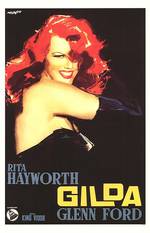





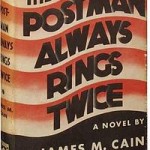
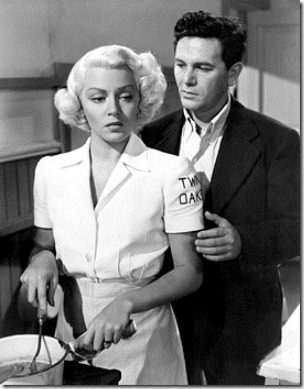
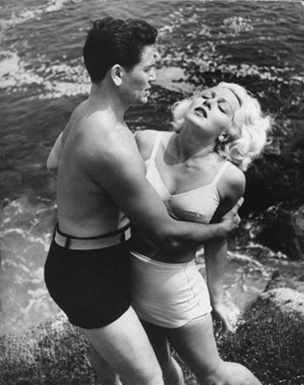

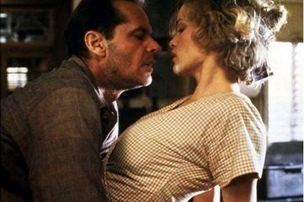
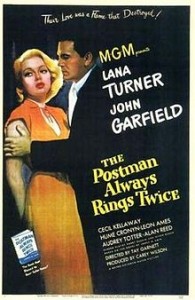
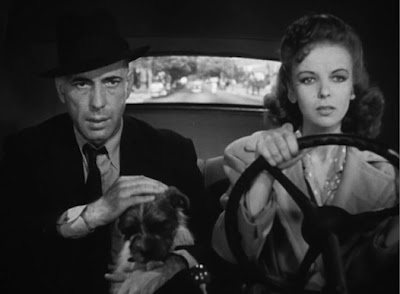
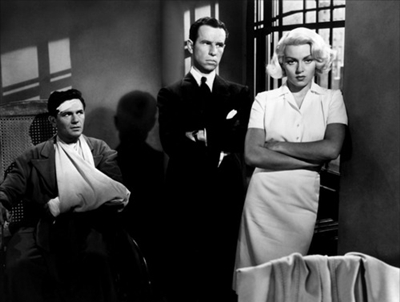
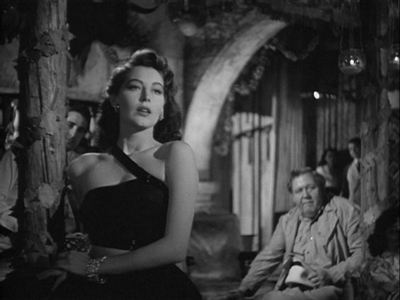
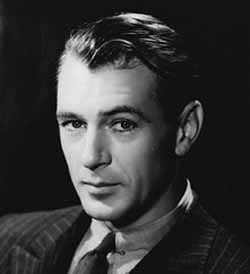

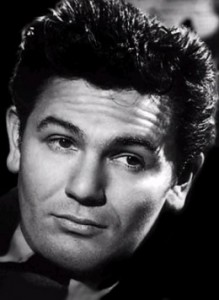
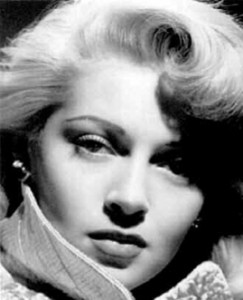
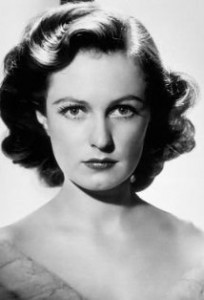
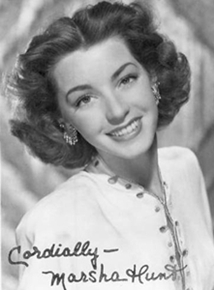
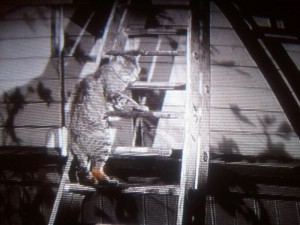
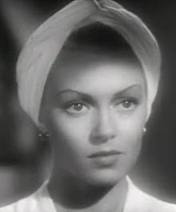

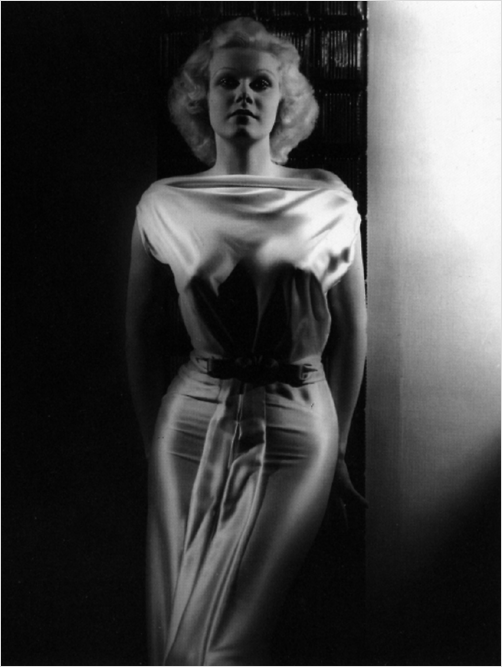
![JOAN_FB_PIC[1]](http://www.filmnoirblonde.com/wp-content/uploads/2011/01/JOAN_FB_PIC11.jpg)
![coty_airspun_face_powder_final[1]](http://www.filmnoirblonde.com/wp-content/uploads/2011/01/coty_airspun_face_powder_final1-300x277.jpg)





From FNB readers